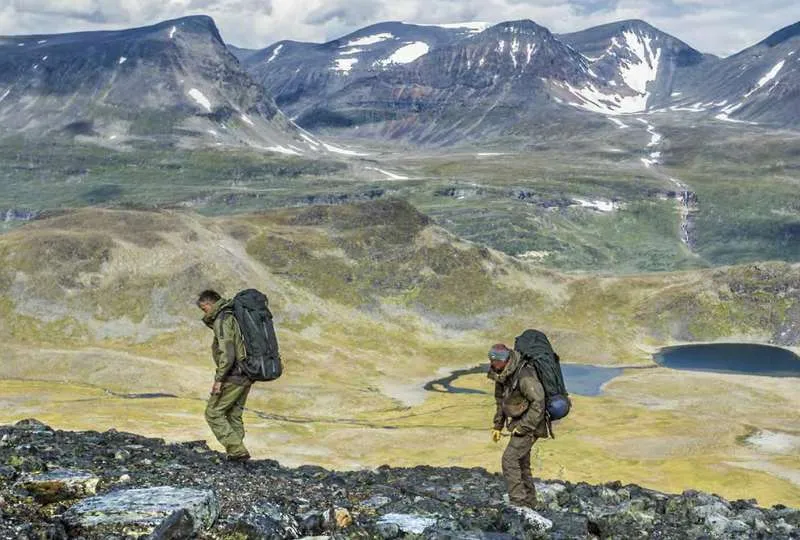
The Ultimate Guide to Choosing the Perfect Tarps for Hiking: 5 Top Picks for Outdoor Enthusiasts

Hiking enthusiasts increasingly prioritize lightweight, durable, and versatile gear, especially when it comes to tarps. A well-chosen tarp can serve as a shelter, groundsheet, sunshade, or emergency tool—but balancing weight, waterproofing, and functionality is key. Drawing from popular product trends and practical needs, we’ve curated 5 top tarp recommendations tailored for hikers.
1. Ultralight High-Density Polyethylene (PE) Tarp
Purpose: Multi-scenario shelter, rain barrier, or emergency cover.
Key Features:
- Weight: At 140–150 GSM (grams per square meter), this tarp offers an ideal balance of featherlight portability and durability. It weighs just 500–800g even in large sizes like 3m x 3m, making it a favorite for ultralight backpackers.
- Waterproofing: Fully waterproof PE material with reinforced edges prevents seepage during heavy rain.
- UV Resistance: Transparent PE variants allow airflow while blocking harmful UV rays, perfect for sunny trail sections.
Why It’s Popular:
Chinese hikers often tackle mixed terrains—from humid southern forests to arid northern plateaus. This tarp’s adaptability to humidity and heat addresses these challenges. Pair it with adjustable bungee cords (sold separately) for a stormproof shelter.
Buyer Tip: Look for products labeled “农业樱桃盖” (agricultural cherry cover), as they use higher-grade PE for prolonged UV resistance.
2. Heavy-Duty PVC-Coated Polyester Tarp (1000D)
Purpose: Rugged groundsheet, truck cover, or extended-stay basecamp shelter.
Key Features:
- Durability: Made from 1000D vinyl-coated polyester, this tarp withstands abrasion from rocky surfaces and frequent folding.
- Waterproof Rating: With an 850g PVC coating, it’s fully waterproof, ideal for monsoon hikes or wetland camping.
- Weight Trade-off: At 2–3kg for a 4m x 5m size, it’s heavier but unmatched for group trips requiring long-term reliability[.
Why It’s Popular:
For hikers exploring regions like Sichuan’s rugged trails or Inner Mongolia’s windy grasslands, this tarp’s toughness is worth the extra weight. Its camo-print variants also cater to hunters blending into forest environments.
Pro Hack: Use it as a tent footprint to protect your tent floor from sharp debris—critical for longevity.
3. Orange Emergency Signal Tarp
Purpose: Dual-use shelter and rescue marker.
Key Features:
- High Visibility: Bright orange stands out against green forests or snowy terrain, crucial for emergencies.
- Quick Deployment: Pre-attached grommets and lightweight nylon fabric (under 1kg) allow rapid setup in storms.
- Compact Design: Folds into a fist-sized pouch, fitting easily into daypacks.
Why It’s Popular:
With China’s expanding network of remote trails (e.g., Tiger Leaping Gorge), hikers prioritize safety gear. During fog or sudden weather changes, this tarp doubles as a distress signal—aligning with SOS protocols taught in local outdoor clubs.
Real-World Case: Hikers on the Xinjiang Tianshan route have used orange tarps to attract helicopter rescues during snowstorms.
4. Black Mesh Sunshade Tarp
Purpose: Sun protection without sacrificing ventilation.
Key Features:
- UV Blocking: Black mesh blocks 90%+ UV rays—superior to white mesh—while allowing breezes to cool your rest area.
- Lightweight Design: Polyethylene blend weighs under 600g, ideal for desert hikes (e.g., Gobi Desert trips).
- Modular Use: Combine with a solid tarp for adjustable shade/rain coverage.
Why It’s Popular:
Southern China’s subtropical climate demands sun management. Hikers on the Guangdong Danxia trails pair this with a hydration bladder to combat heat exhaustion.
Bonus Use: Hang it as a food storage cover to deter insects while maintaining airflow.
5. Custom-Sized Canvas Tent Footprint
Purpose: Eco-friendly groundsheet with cushioning.
Key Features:
- Breathability: Natural cotton canvas reduces condensation under tents—a common issue in humid areas like Yunnan.
- Water Resistance: Wax-coated variants repel light rain, though not fully waterproof.
- Ethical Appeal: Popular among eco-conscious hikers supporting sustainable brands like All Tarps.
Why It’s Popular:
For weekend campers at managed sites (e.g., Zhejiang’s Thousand Island Lake), canvas offers a “greener” alternative to plastic tarps. Its slight cushioning also adds comfort for side sleepers.
Maintenance Tip: Reapply beeswax annually to maintain water resistance.
Critical Considerations for Chinese Hikers
Weight vs. Durability:
- Ultralight PE tarps suit fast-paced hikers but may tear in abrasive environments.
- Heavy-duty PVC tarps are bulkier but excel in rocky or prolonged expeditions.
Seasonal Adaptability:
- Summer: Prioritize mesh or UV-resistant tarps.
- Winter: Opt for windproof PVC tarps and emergency signaling colors.
Multi-Function Hacks:
- Use orange tarps as rain covers for backpacks.
- Combine mesh and solid tarps for adaptable shelter configurations.
Where to Buy
- Domestic Platforms: Check Taobao or 1688 for “1000D PVC防水布” (PVC tarp) or “超轻聚乙烯地布” (ultralight PE groundsheet).
- Custom Options: Some suppliers offer tailored sizes—critical for fitting non-standard tents.
By aligning with China’s diverse climates and trail conditions, these tarps solve core pain points: reducing pack weight, enhancing safety, and maximizing gear utility. Whether traversing the Great Wall’s wild sections or summiting Jade Dragon Snow Mountain, the right tarp ensures you’re prepared for nature’s curveballs.

